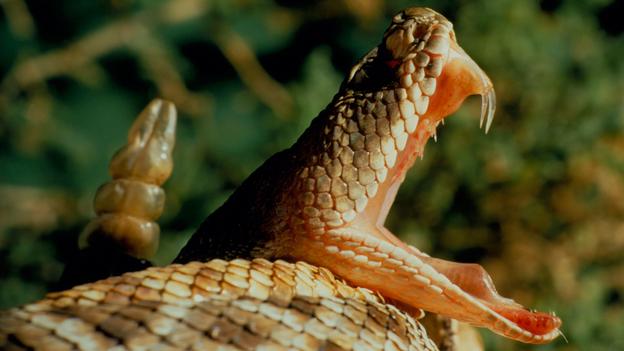
What to do in case of a snakebite? Tips of prevention and treatment
Knowing what to do in case of snakebite could make the difference between life and death of a patient. There are precise guidelines and advice to follow in order to increase survival rates of a patient, especially if the bite is venomous.
Most bites occur in warmer months, when people enter snakes’ natural environment or during attempts to handle a snake. At least one type of venomous snake can be found in every state of the US, except in Alaska and in the Hawaii. But not only in the US. Also in Europe, South America, Asia, Australia and Africa, of course. The World Health Organization estimates that a snakebite kills between 20,000 and 94,000 people worldwide each year.
Studies show that most bites involve limbs/extremities, and snakebites cause up to 400,000 amputations worldwide each year. As a consequence, if patients do not receive the full potential benefit of antivenom, and some of the effects of the snake venom may not be neutralized effectively, may lead to prolonged illness, slower recovery and greater risk of disability.
Plus, one of the main challenge for emergency responders and hospital staff is to recognize which snakebite is on the patient. It could influence on the antidotes and medications. Here below the essential quick steps for both first responders and laic responders in case of snakebite.
Snakebite prevention
It is important to be aware of the surroundings. First of all remember to stay calm and don’t panic. Most snakes are aggressive just after a provocation, so don’t disturb them. Don’t try to kill or capture a snake alive, and you should also be aware of a dead snake because it can cause an envenomation too.
In particular, to prevent snakebite it is recommended to wear appropriate shoes and clothes when going outdoor for walkngs in a natural environment, or during any kind of outdoor sport, especially near woods, in mountain areas, near rivers and fields.
Snkebite treatment
If you are treating a snakebite victim or if you have been bitten keep in mind that any movement or exertion may increase the spread of the venom through the body. When you call the hospital, describe both the snake (if possible) and the bite.
For first responders – In case of snakebite, keep the patient calm and restrict his overall movement. Monitor breathing, circulation, disability of nervous system, exposure and environmental control and begin treatment immediately. Take his vital signs repeatedly and keep his/her body warm. Remember also to remove jewellery or anything on the bitten limb.
Noting all the symptoms: if the patient feels pain, numbness, paresthesia, dyspnea, nausea, vomiting, dizziness, edema, erythema, syncope, dyspnea, difficulty swallowing, confusion, hypotension, hemoptysis, epistaxis, tachycardia, diarrhea, seizures or elevated temperature. Is he/she allergic to something? So, treat allergic reactions to snakebites local protocol.
Ask if the patient uses prescription blood thinners or anticoagulants, then proceed with the medication. Does the patient have a history of previous snakebites or antivenin therapy given? It is useful to understand specific reation, if they occur and then, to register it on the patient’s sheet.
READ ALSO
A new species of brown recluse spider discovered in Mexico: what to know about his venomous bite?
Snakebites and envenomations – What advice tourists must know when they travel to Australia?
Spiders, Mosquitos and Bees, oh my! – Dr. Kotze Tipps to Prevent Dangerous Bugs Bites


